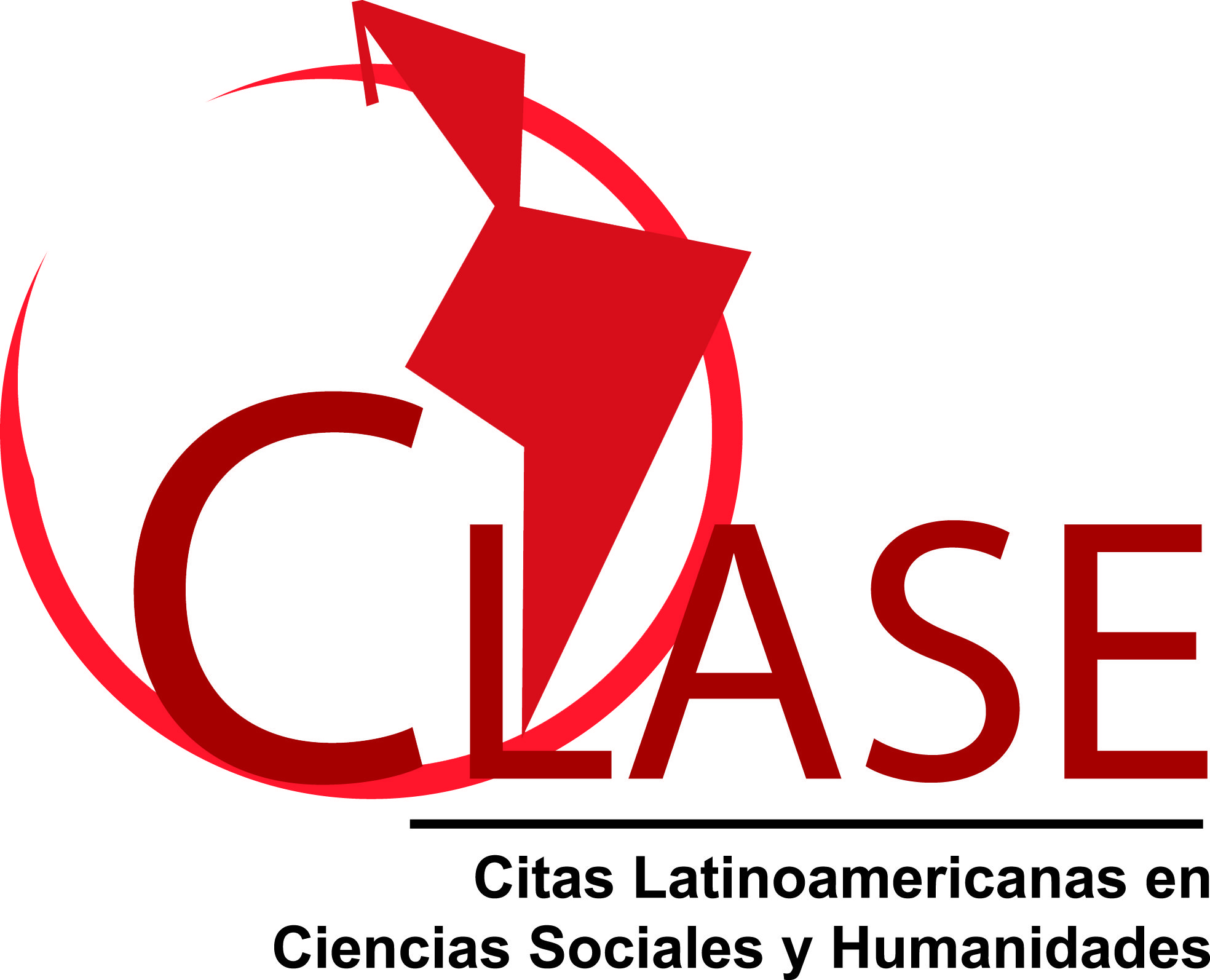Analysis of the training intervention project for the implementation of the hybrid pedagogical approach in higher education institutions
DOI:
https://doi.org/10.33010/ie_rie_rediech.v15i0.2193Keywords:
Educational sciences, comparative education, digital education, higher distance education, university educationAbstract
This study addresses the analysis of the training intervention project of the hybrid pedagogical approach in a higher education institution, in response to the changes that have arisen in pedagogical models due to the COVID-19 pandemic. The hybrid approach emerged as an alternative solution to the need to adapt educational options to changing contexts in which face-to-face and virtual teaching alternate. The objective was to analyze the impact of the training of academic staff regarding the proposal of a hybrid approach. The research was descriptive and exploratory with a quantitative approach, evaluating the relevance of the course “Management and development of learning in hybrid modality”. The correlational results show a relationship between the hiring type variables and the interest in teaching classes in the hybrid option, and a negative relationship between age and said interest. The intervention project positively influences the disposition of academic staff towards the hybrid approach. It is concluded that the research provides favorable results on the effectiveness of training initiatives for the adoption of non-conventional educational options.
References
Anderson, T., y MacDonald, C. (2020). Online learning in the wake of COVID-19: Reflections and observations. International Journal of Educational Technology in Higher Education, 17(48).
Atwa, S., Gauci-Mansour, V., Thomson, R., y Hegazi, I. (2018). Team-based and case-based learning: a hybrid pedagogy model enhancing students’ academic performance and experiences at first-year tertiary level. The Australian Educational Researcher, 46, 93-112. https://doi.org/10.1007/s13384-018-0282-y
Bustamante, R. (2018). Modelo SAMR y cuatro ideas para aplicarlo en el aula. Innovación Educativa. https://innovacioneducativa.upc.edu.pe/modelo-samr-y-cuatro-ideas-para-aplicarlo-en-el-aula/
Bawane, J., y Spector, J. M. (2009). Prioritization of online instructor roles: Implications for competency-based teacher education programs. Distance Education, 30(3), 383-397.
Bonwell, C. C., y Eison, J. A. (1991). Active learning: Creating excitement in the classroom (ASHE-ERIC higher education report No. 1). The George Washington University, School of Education and Human Development.
Brown, T. (2008). Design thinking. Harvard Business Review, 86(6), 84-92.
Cennamo, K., Ross, J. D., y Ertmer, P. A. (2009). Technology integration for meaningful classroom use: A standards-based approach. Wadsworth.
Clark, R. C., y Mayer, R. E. (2016). E-learning and the science of instruction: Proven guidelines for consumers and designers of multimedia learning. John Wiley & Sons.
Coaguila Mayanaza, D. V., García Palomino, R., y Cruz Arpi, F. N. (2023). Oportunidades y desafíos de la educación híbrida en el contexto pospandémico. Horizontes. Revista de Investigación en Ciencias de la Educación, 7(28), 1028-1041. https://doi.org/10.33996/revistahorizontes.v7i28.572
Garrison, D. R., y Vaughan, N. D. (2008). Blended learning in higher education: Framework, principles, and guidelines. John Wiley & Sons.
George, D., y Mallery, P. (2003). SPSS for Windows step by step: A simple guide and reference. 11.0 Update (4a. ed.). Allyn & Bacon.
Graham, C. R., Woodfield, W., y Harrison, J. B. (2013). A framework for institutional adoption and implementation of blended learning in higher education. Internet and Higher Education, 18, 4-14. https://doi.org/10.1016/j.iheduc.2012.09.003
Hamilton, E., Rosenberg, J., y Akcaoglu, M. (2016). The Substitution Augmentation Modification Redefinition (SAMR) model: A critical review and suggestions for its use. TechTrends, 60(5), 433-441. https://doi.org/10.1007/s11528-016-0091-y
Hodges, C., Moore, S., Lockee, B., Trust, T., y Bond, A. (2020, mar. 27). The difference between emergency remote teaching and online learning. Educause Review. https://er.educause.edu/articles/2020/3/the-difference-between-emergency-remote-teaching-and-online-learning
Hrastinski, S. (2008). Asynchronous and synchronous e-learning. Educause Quarterly, 31(4), 51-55.
Molenda, M. (2003). In search of the elusive ADDIE model. Performance Improvement, 42(5), 34-37. https://doi.org/10.1002/pfi.4930420508
Patarroyo López, L. E., Soto Barajas, M., y Valdés Dávila, M. G. (2022). Desafíos y aprendizajes en la formación de formadores surgidos por la COVID-19. Sinéctica, Revista Electrónica de Educación, (58), e1394. https://doi.org/10.31391/S2007-7033(2022)0058-017
Piaget, J., y Vygotsky, L. S. (2013). Psicología y pedagogía: la psicología evolutiva en la educación. Visor.
Postareff, L., Lindblom-Ylänne, S., y Nevgi, A. (2007). The effect of pedagogical training on teaching in higher education. Teaching and Teacher Education, 23, 557-571. https://doi.org/10.1016/J.TATE.2006.11.013
Puentedura, R. R. (2006). Transformation, technology, and education. http://hippasus.com/resources/tte/
Precel, K., Eshet-Alkalai, Y., y Alberton, Y. (2009). Pedagogical and design aspects of a blended learning course. The International Review of Research in Open and Distributed Learning, 10(2). https://doi.org/10.19173/IRRODL.V10I2.618
Ramírez-Sosa, M. A., y Peña-Estrada, C. C. (2022). B-learning para mejorar el proceso de enseñanza y aprendizaje. Revista Docentes 2.0, 15(2), 5-16. https://doi.org/10.37843/rted.v15i2.309
Sacavino, S. B., y Candau, V. M. (2022). Enseñanza híbrida: desafíos y potencialidades. Estudios Pedagógicos, 48(2), 257-266. https://dx.doi.org/10.4067/S0718-07052022000200257
Siemens, G. (2004). Connectivism: A learning theory for the digital age. International Journal of Instructional Technology and Distance Learning, 2(1), 3-10.
Stran, M., Sinelnikov, O., y Woodruff, E. (2012). Pre-service teachers’ experiences implementing a hybrid curriculum. European Physical Education Review, 18(3), 287-308. https://doi.org/10.1177/1356336X12450789
Suárez-Guerrero, C., y García Ruvalcaba, L. G. (2022). Presentación: ambientes híbridos de aprendizaje. Sinéctica, (58), e1385. https://doi.org/10.31391/s2007-7033(2022)0058/001
UV [Universidad Veracruzana] (2016). Proyecto piloto: Modalidad mixta AFBG. Área de Formación Básica General. https://www.uv.mx/afbg/general/proyecto-piloto-modalidad-mixta-afbg/
UV (2022). Tutorial para el uso de aulas híbridas. https://www.uv.mx/celulaode/aulas-hibridas/descargables/Tutorial-para-el-uso-de-Aulas-Hibridas.pdf
UV (2023). Aulas híbridas. Dirección de Proyectos, Construcciones y Mantenimiento. https://www.uv.mx/dpcm/files/2023/11/AULAS-HIBRIDAS.pdf
UV (2023a). UV en números. Información Estadística Institucional. https://www.uv.mx/informacion-estadistica/uv-en-numeros/
UV (2023b). 2° informe de labores 2022-2023. Por una transformación integral. https://www.uv.mx/documentos/files/2023/09/2o-Informe-de-Labores-2022-2023-Digital.pdf
UV (2023c). Marco de operación. Aulas Híbridas. https://www.uv.mx/educacionvirtual/files/2023/11/Marco-de-operacion-de-la-Aulas-Hibridas_16062023_b.pdf
Viera, I. A. (2022). Implementación de la enseñanza híbrida como derivación del COVID-19. Revista Docentes 2.0, 13(1), 5-10. https://doi.org/10.37843/rted.v13i1.305
Downloads
Published
How to Cite
Issue
Section
License
Copyright (c) 2024 Luis Alejandro Gazca Herrera, César Augusto Mejía Gracia, Alma Delia Otero Escobar

This work is licensed under a Creative Commons Attribution-NonCommercial 4.0 International License.




















